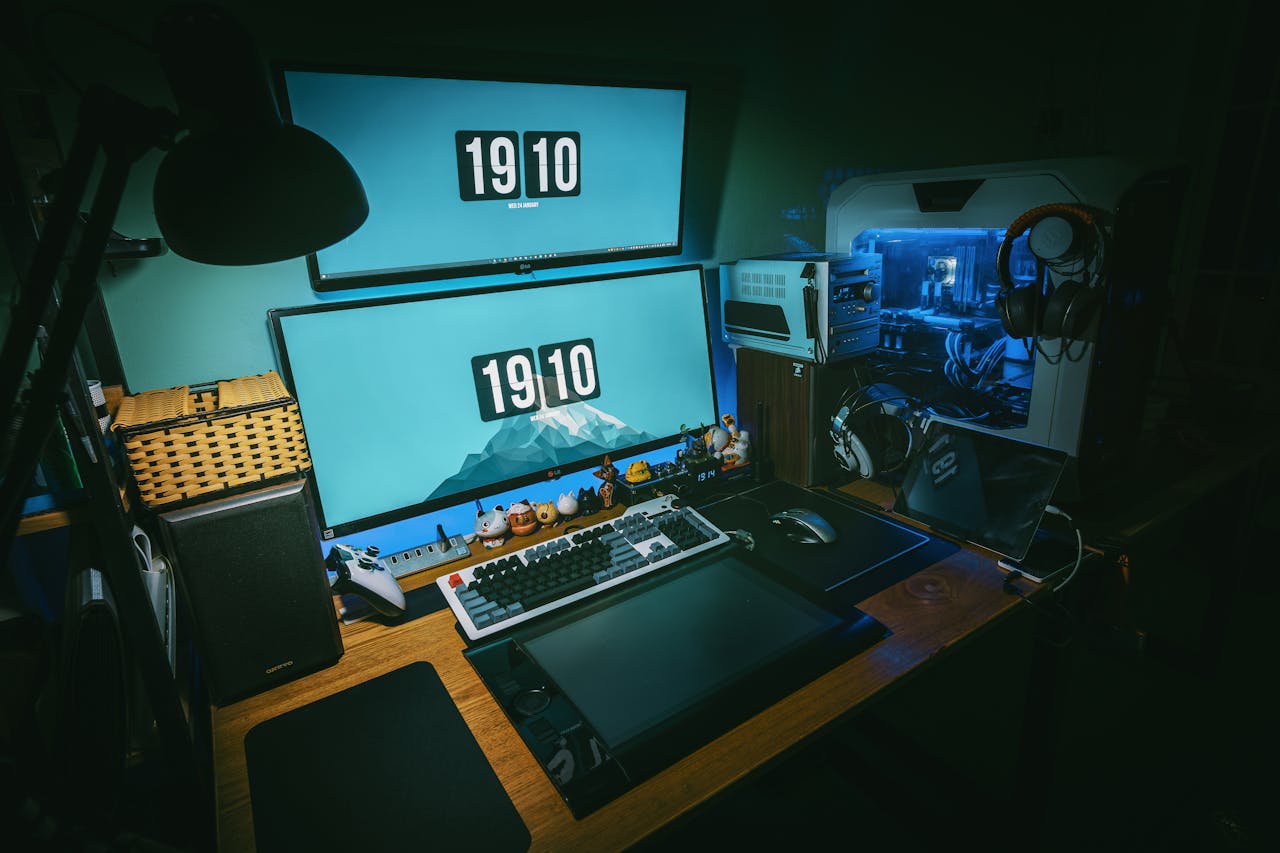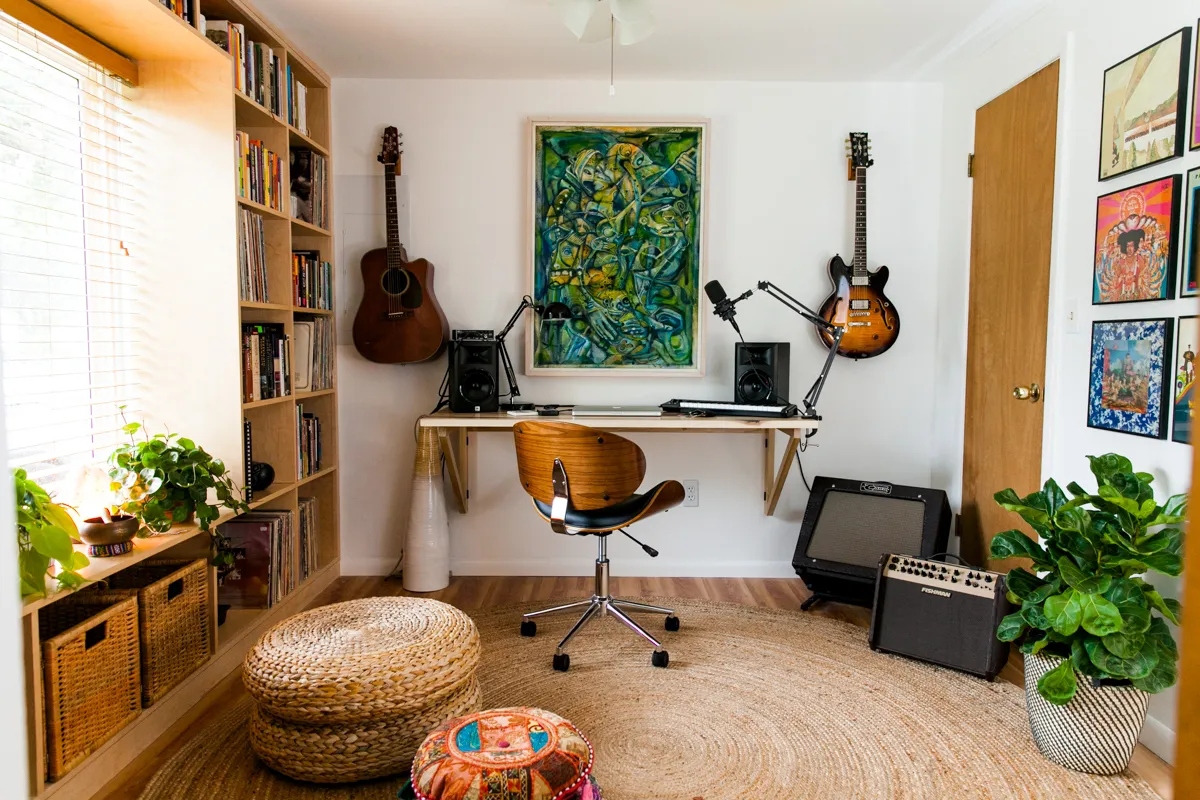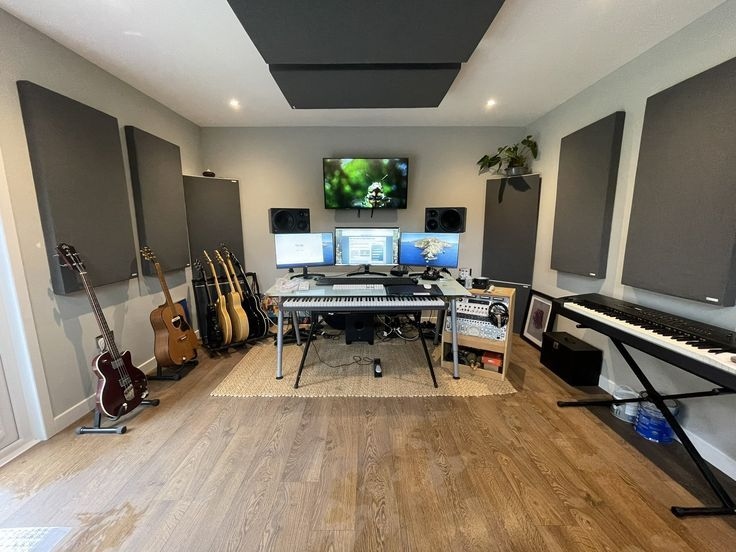6 Ways to Turn Your Home Into a Hit-Making Studio
6 Ways to Turn Your Home Into a Hit-Making Studio

Creating music is not just about talent and creativity; the environment where you produce plays a pivotal role in the quality of the sound.
As more musicians choose to record from home, understanding how to upgrade a space into a professional-grade music studio becomes essential. This article will help you improve music studio renovations with must-have improvements that enhance sound quality and add value to your property.
1. Choose the Right Room

The first step in creating an effective home music studio is selecting the appropriate room. Ideally, the room should be isolated from noisy areas and have minimal windows to reduce sound leakage. The room's shape also affects acoustics; square rooms tend to produce problematic echoes, whereas rectangular spaces can offer better sound control. Renovations add value to your home, and converting an existing room into a sound studio increases its functional and financial worth. When choosing a room, consider its potential for soundproofing, size (bigger isn’t always better due to potential echo issues), and accessibility.
2. Follow Electrical Considerations
A reliable and sufficient electrical supply is crucial for a music studio. High-quality recordings require equipment that can be quite demanding regarding power consumption. Working with a professional electrician to upgrade the room's electrical circuits is advisable. This might involve adding dedicated circuits or a sub-panel to handle the extra load without tripping breakers. Efficient power distribution ensures that all your gear operates at optimal levels without risk of power-related damage or interference in your recordings.
3. Maintain Proper Ventilation and Lighting
Maintaining a comfortable atmosphere is vital in a music studio where artists spend long hours. Proper ventilation helps to keep the room cool and fresh without introducing noise from outside. Silent air conditioners or in-line duct fans can be installed as part of the renovation to circulate air quietly. On the lighting front, adjustable LED lights are preferred for their low heat emission and the ability to create the right mood and ambiance in the studio. Ventilation and lighting should be considered carefully to ensure they enhance the studio environment without compromising the quality of recordings.
4. Use the Right Flooring and Furniture Choices
The type of flooring in a home music studio can significantly affect its acoustics. Hard surfaces may cause sound reflections that lead to echoes and reverb, while softer materials like carpet can help absorb these unwanted sounds. A mix of hard and soft flooring could be the ideal solution, providing balance and enhancing sound quality. Alongside flooring, selecting the right furniture is essential. Too large or numerous pieces can clutter the space and negatively impact acoustics. Opt for compact, functional furniture that serves a purpose without occupying too much space or interfering with sound waves.
5. Don't Forget Soundproofing

Soundproofing is crucial for a home music studio to prevent disturbances from outside noise and keep sound from bleeding out and bothering neighbors or other household members. Effective soundproofing starts with solid doors and possibly double-glazed windows to seal the room. For the interior, acoustic panels for walls are indispensable. These panels help control sound reflections and absorb excess noise, creating a clean and controlled sound environment essential for professional recording quality. Using bass traps in corners and acoustic tiles on ceilings can further isolate and manage sound, ensuring that what you hear and record is precisely what is intended, free from distortions and external noises.
6. Leverage Modern Technology including Equipments
No music studio is complete without the right technology and equipment. This includes high-quality microphones, mixers, synthesizers, and computer software capable of capturing and editing music efficiently. Investing in professional-grade recording equipment can elevate the production value of music significantly. It's also important to consider the ergonomic aspects of the studio setup. Arrange equipment in a functional and comfortable way for long sessions, ensuring all devices are easily accessible and the space does not feel cramped.
Upgrading your home into a professional music studio involves careful planning and strategic investment in the right areas. Each element plays a crucial role in defining the studio's effectiveness, from choosing the correct room to focusing on soundproofing and the latest technology. Not only do these renovations enhance the quality of music produced, but they also add significant value to your home, making it a dual-purpose investment. With the right setup, your home studio can become a sanctuary for creativity and an engine of professional-grade music production, all from the comfort of your home. Whether laying down tracks, mixing, or simply experimenting with sounds, having a dedicated and well-equipped space can transform your musical aspirations into realities.
Trending
1 Cheap Ski Holidays: Find Affordable Winter Adventures
Daniel Hall2 Bryan Cranston's Net Worth, Ethnicity, and Iconic Role as Walter White in Breaking Bad
Aaqil Ashraf3 Meet the 2024 Booker Prize Winner Samantha Harvey: The Literary Architect Behind Orbital
Riddhi Doshi4 Top 10 Celebrity-Obsessed UK Areas
Daniel Hall5 Machine Gun Kelly's Net Worth, Ethnicity and Musical Career
Aaqil Ashraf

